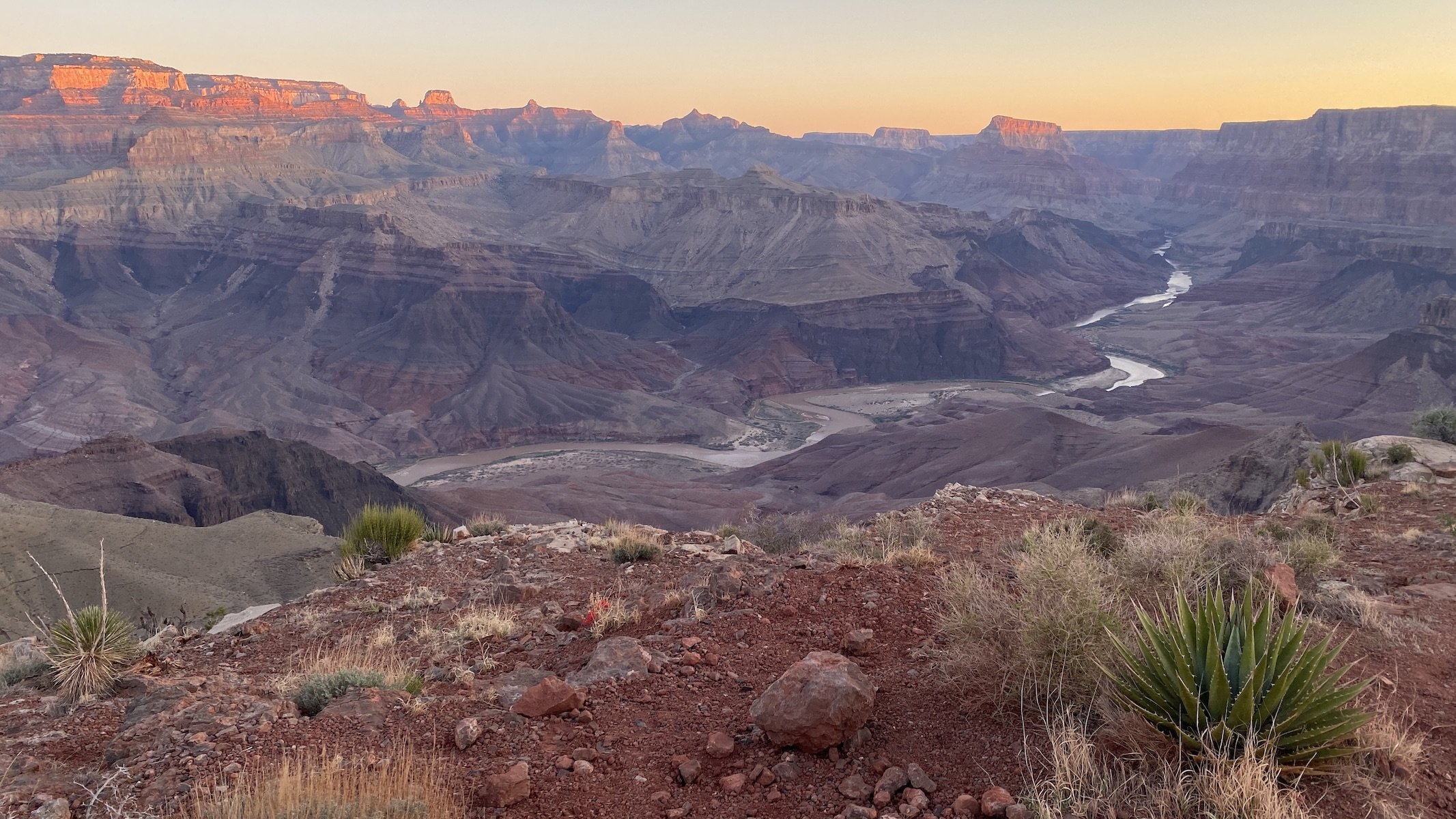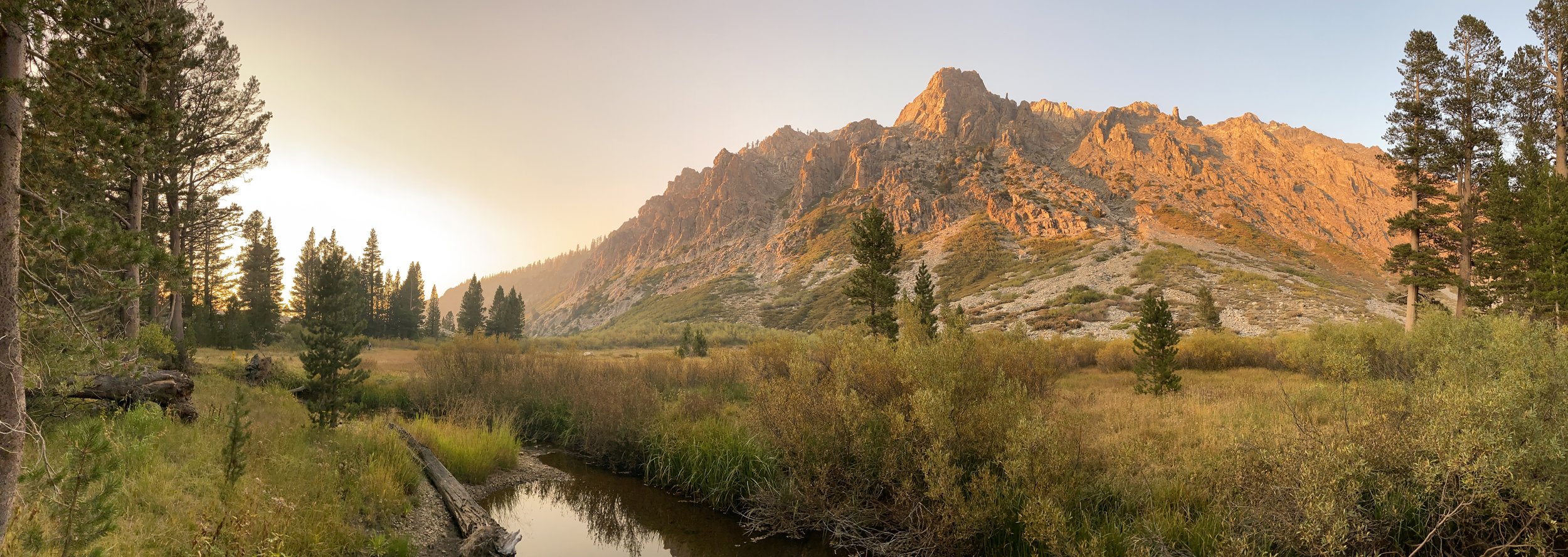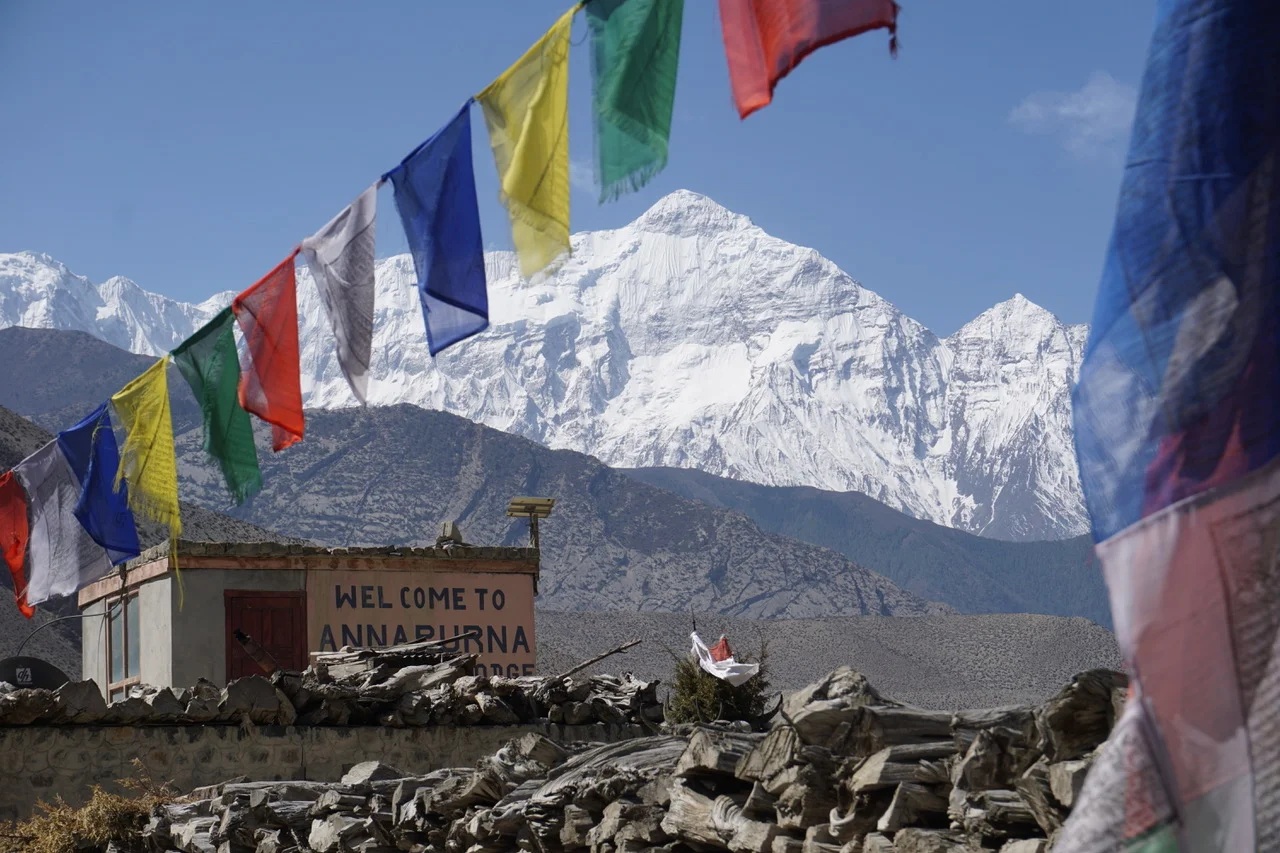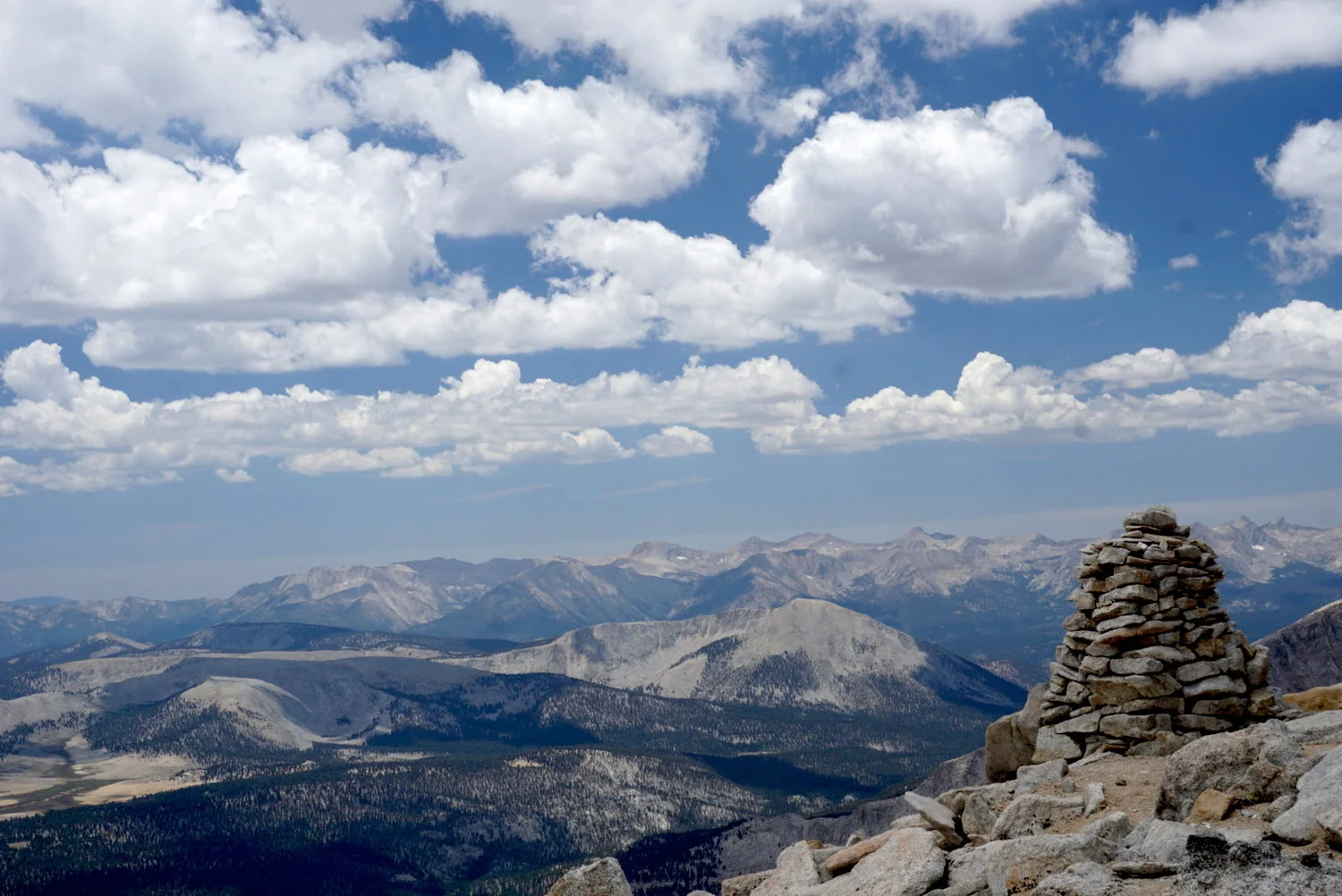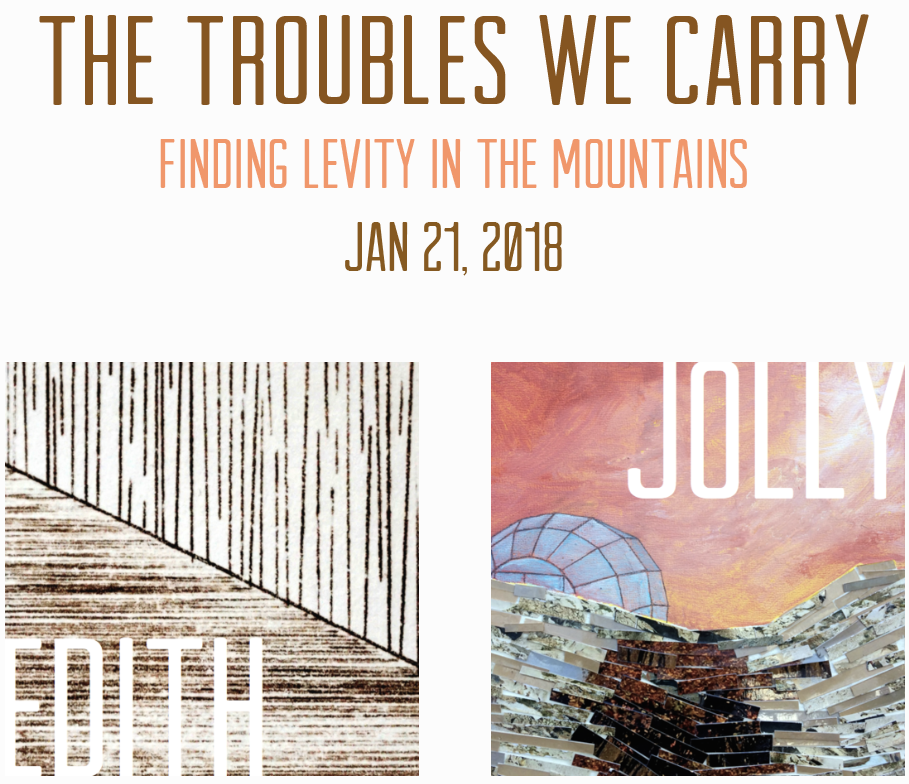Death Valley National Park is a vast land full of surprises waiting to be discovered and explored. From the lowest point in North America at Badwater Basin (282 ft. below sea level) to Telescope Peak (11,049 ft.), Death Valley encompasses multiple mountain ranges, valleys, and countless canyons that offer a giant playground for exploring fascinating geology, jaw-dropping terrain, and interesting human and natural history. As the largest national park outside of Alaska, it offers limitless opportunities for exploration and is one of our favorite places to visit.
Read MoreIn my book, one way to define good friendship is having friends that push you to new heights and experiences. E+J's Utah buds Christine and James, who live at the doorstep to Zion National Park, have proven their good friendship many times. Most recently, they invited E+J to join them for a trip to Perú. E+J were instantly intrigued and up to the challenge of figuring out logistics and finances to make the trip a reality. And so they did.
I sat this trip out given the difficulty of transporting a full-grown buck with an enormous rack by airplane. Below E recounts the trip as she and J experienced it.
Read MoreAnother year passes and we find ourselves at summer's doorstep once more. California is fortunate to have year-round access to the outdoors -- but even in the land of never-ending exploration opportunities, summer affords special access to some of the most incredible places this state has on offer. Among these are the Sierra Nevada Mountains -- the Range of Light, as John Muir called it. At 400 miles long -- from Tehachapi Pass in Kern County, to Fredonyer Pass in Lassen County -- the Sierra is home to three national parks (Yosemite, Sequoia and Kings Canyon), 20 wilderness areas, and many other iconic features, including Lake Tahoe and Mount Whitney.
Many consider the John Muir Trail to be the crown jewel of this spectacular mountain range. Even a well-traveled buck like me would be hard pressed to find a land to match its awe-inspiring magnificence. And so, with summer here once again, we pay homage to this stunning 220-mile ribbon of trail in the hopes of inspiring others to breathe its therapeutic air, see its exhilirating sites and feel its recuperative effects.
Read MoreAfter what seemed like a never-ending summer, which started in mid-May and lingered into November, autumn finally arrived in mid-November. In Southern California, this means that desert-exploration season is finally upon us.
Read MoreThough I'm a mule deer by birth, at heart I'm a desert rat. That is to say that, while I would never trade the life-sustaining bounty that the oak woodlands and chaparral-covered mountains of my home provide, if given the chance to saunter off to an unknown place for a few days, I will gladly choose a desert landscape. What is it about these arid lands that draws me in? In part, it's the elegant simplicity of the landscape -- no towering trees, no verdant, superfluous overgrowth under every fallen log, no view obscured by heavy fog. In the desert, an invisible hand seems responsible for placing each rock and plant just exactly where it belongs, like a sparsely choreographed dance forever fixed in place. But what calls me to the desert even more is the simple fact that every living thing there has an innate will to live that's stronger than anywhere else.
Lucky for me, E+J share a similar curiosity for the desert. And so we found ourselves exploring a few less-traveled corners of the Colorado Desert of Southern California over Memorial Day weekend.
Read MoreJoshua Tree and Death Valley national parks are two of California's best-known desert parks. But there is a third lesser-known destination that blends much of the beauty of the two and provides vast open spaces with far fewer people. Welcome to Mojave National Preserve, where 1.6 million acres of other-worldly rock formations, singing sand dunes, volcanic cinder cones and the world's densest Joshua tree woodland await.
Read More





